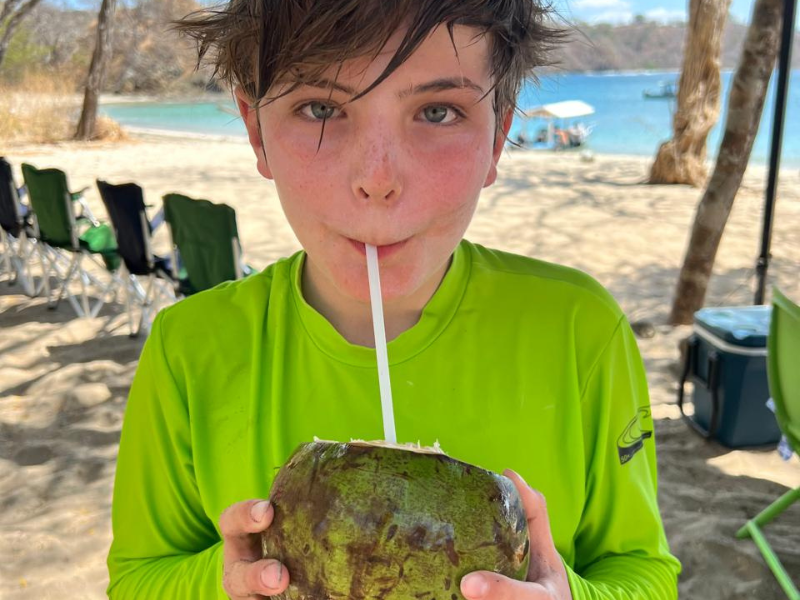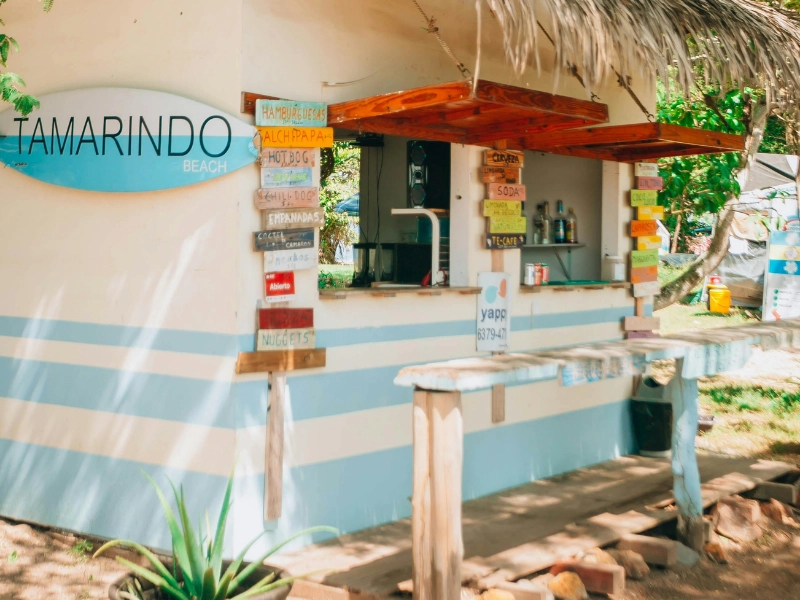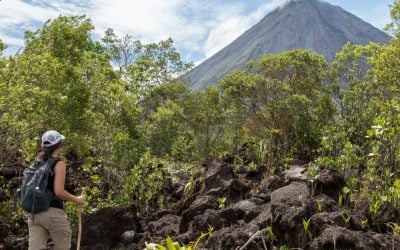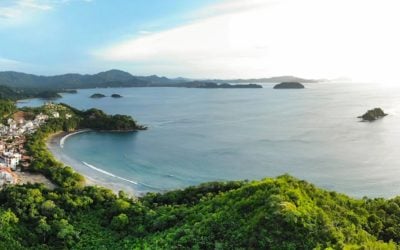Are you considering Monteverde as your next vacation destination? Understanding its history can add a rich layer to your travel experience. Let’s start by discovering the conservation efforts that date back to the early settlement years of Monteverde.
In this article, we’ll explore the history of a group of Quakers from the United States who moved to Monteverde in the 1950s, starting a significant chapter in the region’s story.
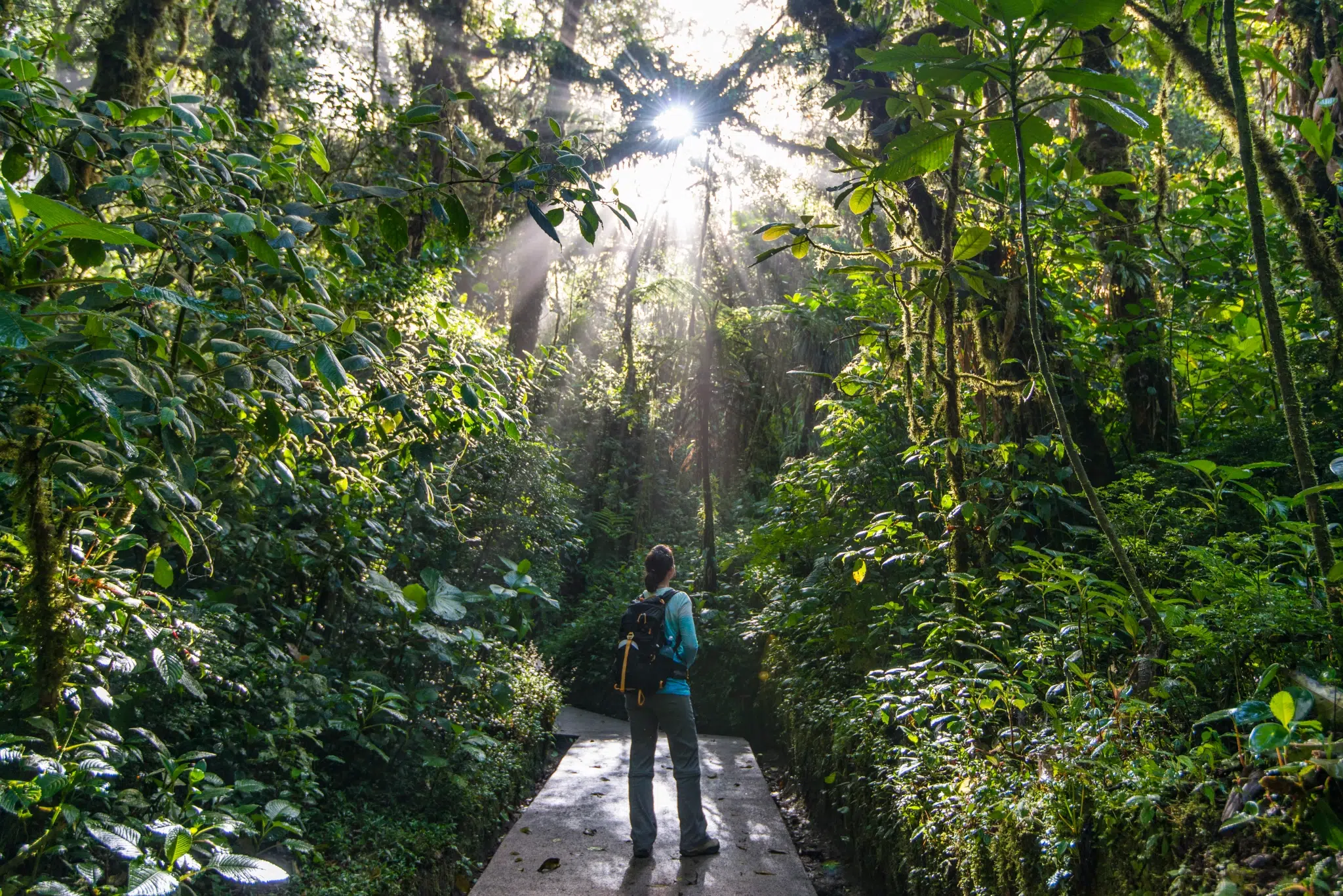
Understanding the Quaker’s Migration from the U.S. to Costa Rica
In 1949, four Quakers from Alabama were jailed for refusing to join the Korean War. After getting out of jail, they sought a place to live peacefully and continue their dairy farming. Hence, motivated by Costa Rica’s dairy farming potential, pleasant climate, and the absence of a military, they decided to move to this country.
After months of exploration, the Quakers discovered a parcel of land straddling the Continental Divide in Monteverde (Green Mountain in Spanish). That’s how, by purchasing 1400 hectares, they transformed the pristine area above Santa Elena and Cerro Plano into individual family farms.
They continued establishing their homes, the Monteverde Friends School, Meeting House, and the Monteverde Cheese Factory, a testament to their determination to build a sustainable life.
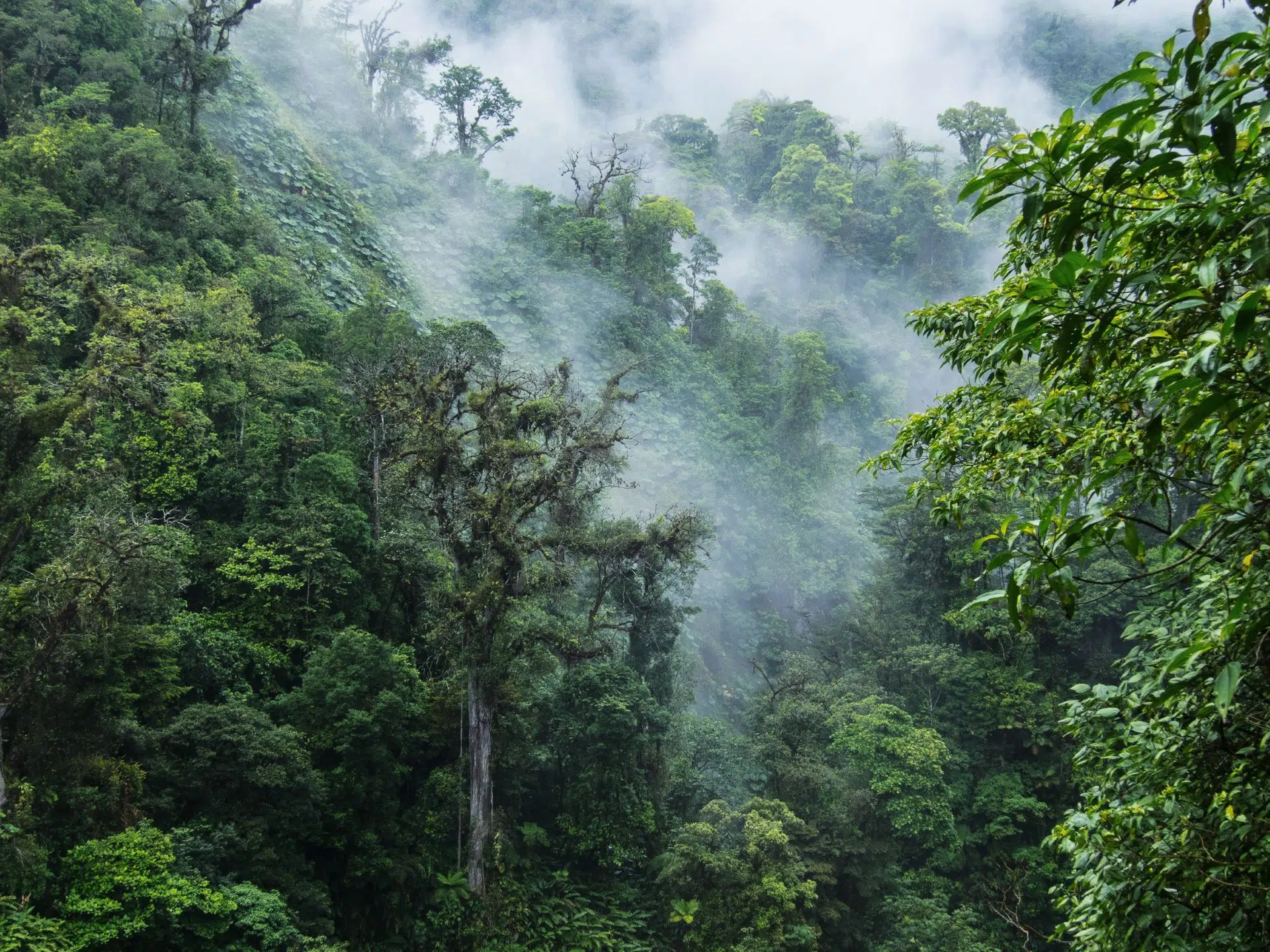
The Firsts Conservation Efforts in Monteverde
As the Quakers settled, their focus on conservation attracted scientists and biologists interested in studying Costa Rica’s forests. A crucial moment occurred when a couple conducting graduate research identified the rapid disappearance of natural forests in the area, putting undiscovered species at risk.
To address the issue, scientists sought funding for conservation efforts. They collaborated with Quaker community members to purchase forest land strategically, preventing settlement and deforestation. The aim was to create a connected wilderness to safeguard the migratory paths of bird species.
Foundation of the Monteverde Cloud Forest Reserve
Guided by conservation efforts, preserving trails within the reserved land became a priority, ensuring the interconnectedness of protected areas. This collaborative effort resulted in the establishment of the Monteverde Cloud Forest Biological Reserve, which houses approximately 50% of Costa Rica’s biodiversity, representing an impressive 2.5% of the world’s total biodiversity.
The reserve is a tangible outcome of collective efforts, and the responsibility for conservation and funds raised were transferred to a group in San Jose.
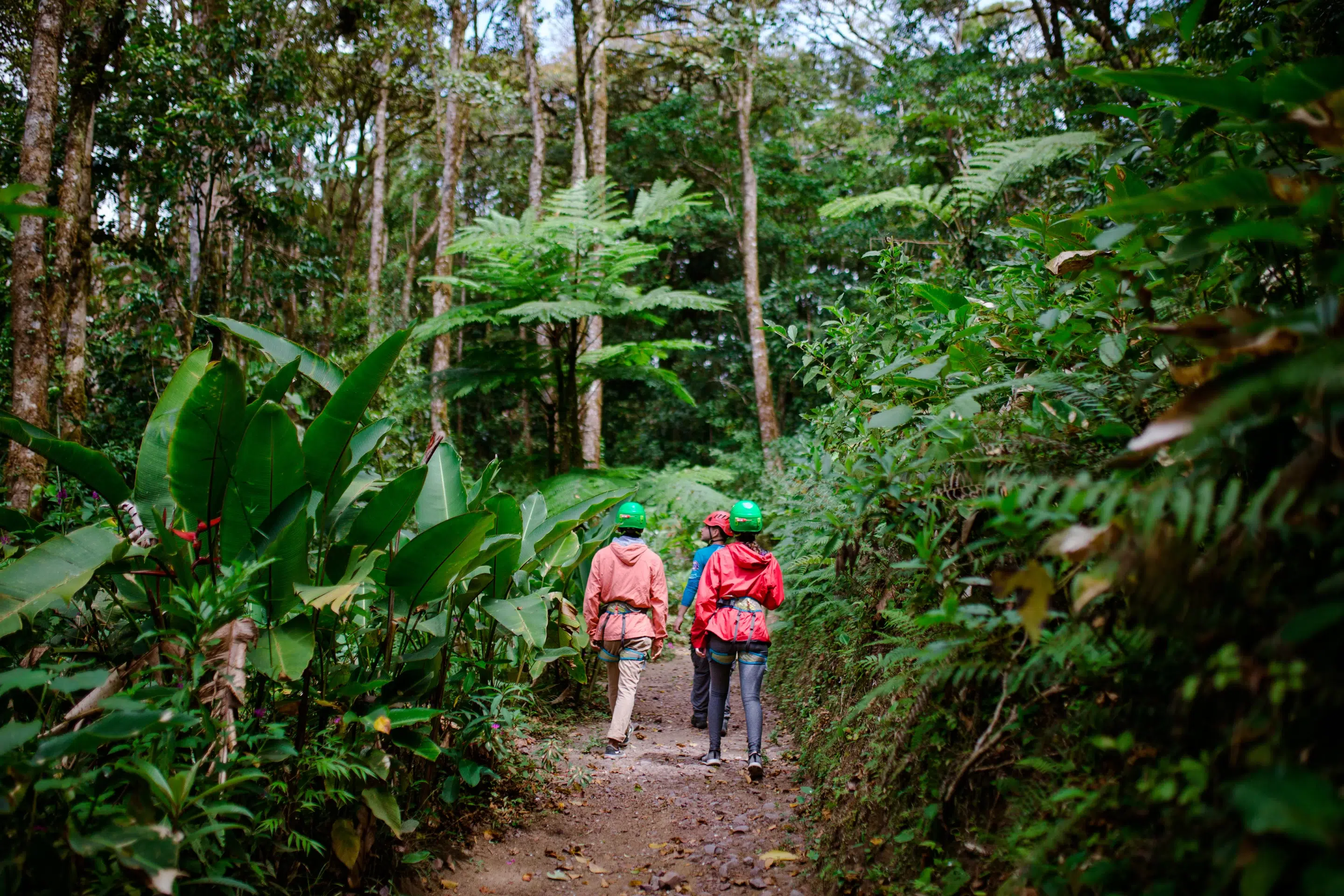
The Monteverde Conservation League
A non-profit organization that stands out in the area is the Monteverde Conservation League, an entity actively engaged in educational initiatives, reforestation projects, scientific research, and sustainable development practices.
This league emerged in the mid-1980s as a response to concerns about deforestation in areas outside the protected zones. Local landowners and resident biologists collaborated to address issues such as soil retention, water quality, and ecosystem threats. They were all a result of ongoing deforestation practices like burning and cutting hillsides.
As a result, the conservation league extended its efforts down the Peñas Blancas River valley in the San Carlos region, establishing a tree nursery to cultivate seedlings for reforestation projects on the Pacific slope.
Importance of the Monteverde Cloud Forest Reserve
The reserve holds significant importance for Costa Rica and the global community due to its biodiversity, ecological features, and conservation efforts within its boundaries.
Sustainability
The reserve serves as a model for sustainable tourism practices. Ecotourism provides economic support for conservation efforts while minimizing negative environmental impacts. Entrance fees and donations from visitors contribute directly to the maintenance and protection of the reserve.
Biodiversity
It also hosts a vast array of flora and fauna. It’s home to thousands of plant species, hundreds of bird species, diverse mammals, insects, and countless other organisms. In fact, this reserve houses approximately 50% of Costa Rica’s biodiversity, representing an impressive 2.5% of the world’s total biodiversity.
Moreover, it plays a crucial role in conserving the habitat of numerous endangered and rare species. Its protection helps ensure the survival of diverse ecosystems, including cloud forests susceptible to climate change and human impact. Some species that find refuge in the reserve are the resplendent quetzal, jaguars, and the golden toad.
Research and education
Additionally, it facilitates scientific research on biodiversity, ecology, and climate change. This research contributes valuable knowledge to global sustainability efforts. Furthermore, the reserve serves as an educational hub, raising awareness about conservation and sustainable land management practices among visitors, students, and the local community.
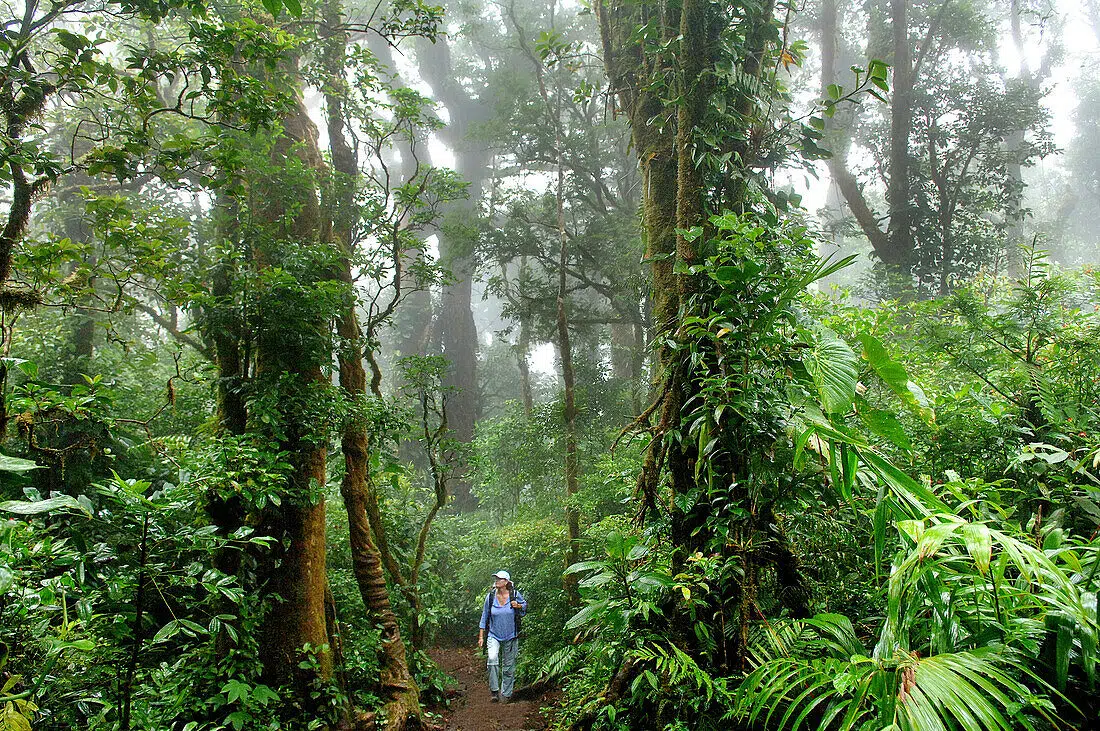
How did the Efforts of the Quakers Influence Tourism in Monteverde
Thanks to the Quakers, Monteverde has become a go-to destination for ecotourism as they contributed to the area’s cloud forest and ecosystem preservation.
Now, tourists interested in eco-friendly adventures and responsible tourism choose this place as their destination for outdoor activities.
After all, only a few places offer what Monteverde has. Here, you’ll find canopy tours, hanging bridges, rare wildlife, and more.
See some of the top outdoor activities you can do while you’re in the area:
Guided nature walks
Our 2.5-hour walk in Monteverde Reserve allows you to explore the area while helping you learn valuable insights into the diverse flora and fauna.
Bird watching tours
Join our 2.5-hour hiking & bird-watching tour in Curi Cancha Reserve, which takes you 7 kilometers from nature trails to explore the flora and fauna of this incredible cloud forest.
Coffee tours
Learn about sustainable coffee production with our 2-hour Don Juan coffee & chocolate tour. This is an excellent opportunity to understand the ecological and social aspects of coffee and farming while enjoying freshly brewed, locally sourced coffee.
Our tour is also perfect for those who want to learn more about the chocolate-making process, taste the cacao fruit, and see how the small cocoa beans are transformed into a delicious chocolate drink.
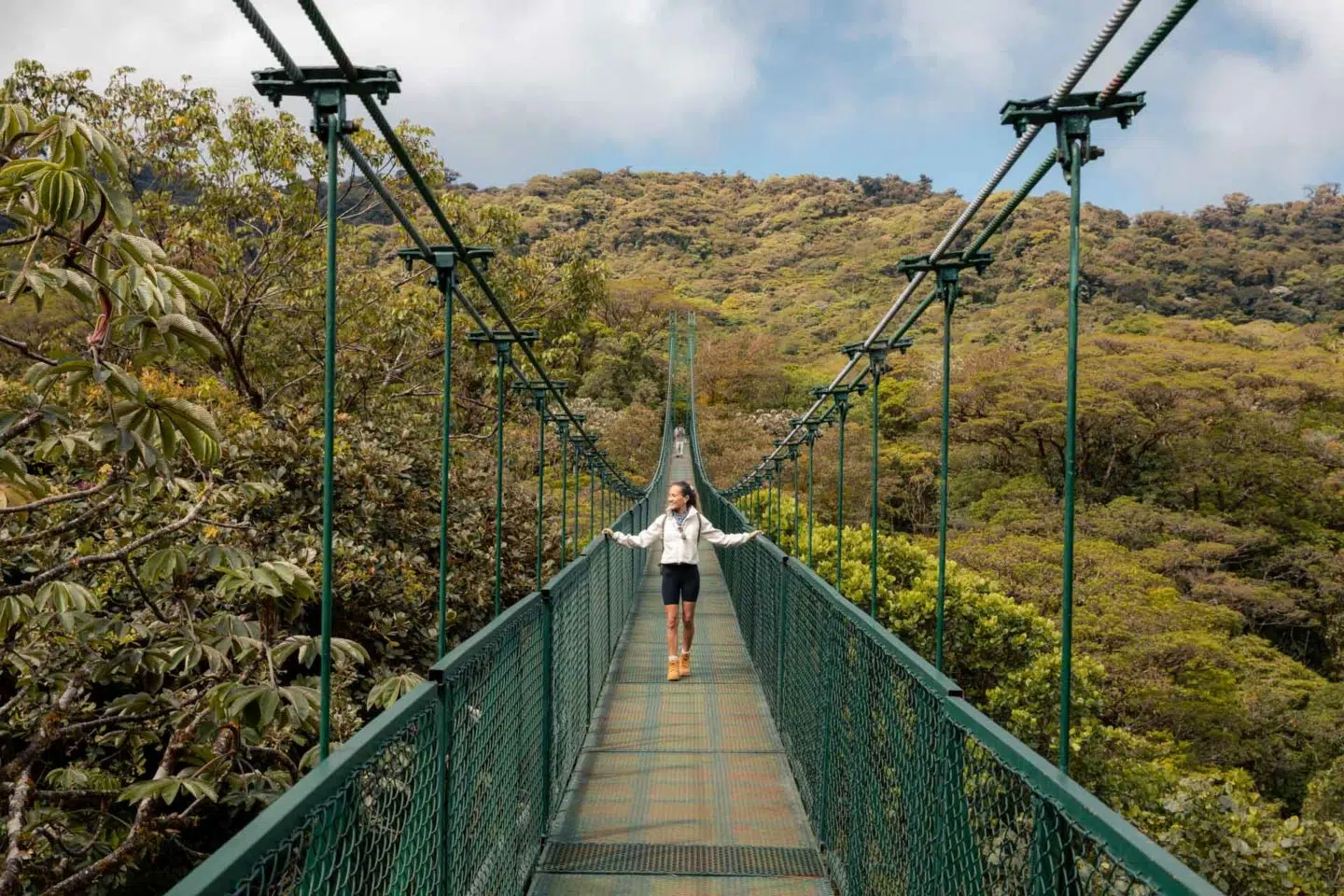
Experience the Best of Monteverde with Find My Costa Rica!
Today, Monteverde is a lively community with around 7,000 residents, offering a mix of small communities, dairy farms, and coffee plantations. You’ll also find museums, restaurants, shops, and other artisan cooperatives.
Additionally, approximately 80-90% of the businesses in Monteverde are owned by local residents, ensuring that tourism directly contributes to the well-being of the communities.
The area is also home to non-profit organizations like the Monteverde Institute, which contributes to education by offering programs on sustainable resource management. You can take part in courses, volunteer positions, or internships!
You’ll experience a legacy that the Quakers left behind and their influence on the area when you visit this eco-friendly paradise, making it a distinctive and environmentally conscious location.
If you’re eager to explore the area, don’t hesitate to reach out to Find My Costa Rica. Our expertise and tours ensure you get the most out of your visit, uncovering the rich history and natural wonders that make Monteverde a must-see destination.
Contact Find My Costa Rica today to book your tour and discover Monteverde’s hidden gems!
FAQs
1. Why did the Quakers choose Monteverde?
The Quakers chose Monteverde for its lush greenery, serene atmosphere, and the opportunity to live a simple, sustainable lifestyle.
2. How did the Quakers impact the local economy?
The Quakers impacted the local economy by introducing sustainable agricultural practices, such as dairy farming and cheese production, which have become vital economic activities in Monteverde.
3. What is the legacy of the Quakers in terms of environmental conservation?
The Quakers’ legacy in terms of environmental conservation initiated the creation of the Monteverde Cloud Forest Reserve and promoted sustainable practices to preserve the area’s natural environment.
4. Are there any Quaker-owned businesses or initiatives in Monteverde?
Yes, there are Quaker-owned businesses or initiatives in Monteverde. The Friends Meeting House is one of them, and it oversees numerous initiatives like the Friends School, scholarship programs, the community library, the graveyard, religious education, and various others.
Related Posts
- Wonders of Monteverde and Santa Elena Cloud Forest Reserves
- Ultimate Guide to Reaching Monteverde: Transportation Tips & Options
- Guide to Enjoying Nightlife in Monteverde, Costa Rica
- Where to Stay in Monteverde: Top Hotels for Every Budget
- What to Pack for Monteverde, Costa Rica: Departure Preparations

